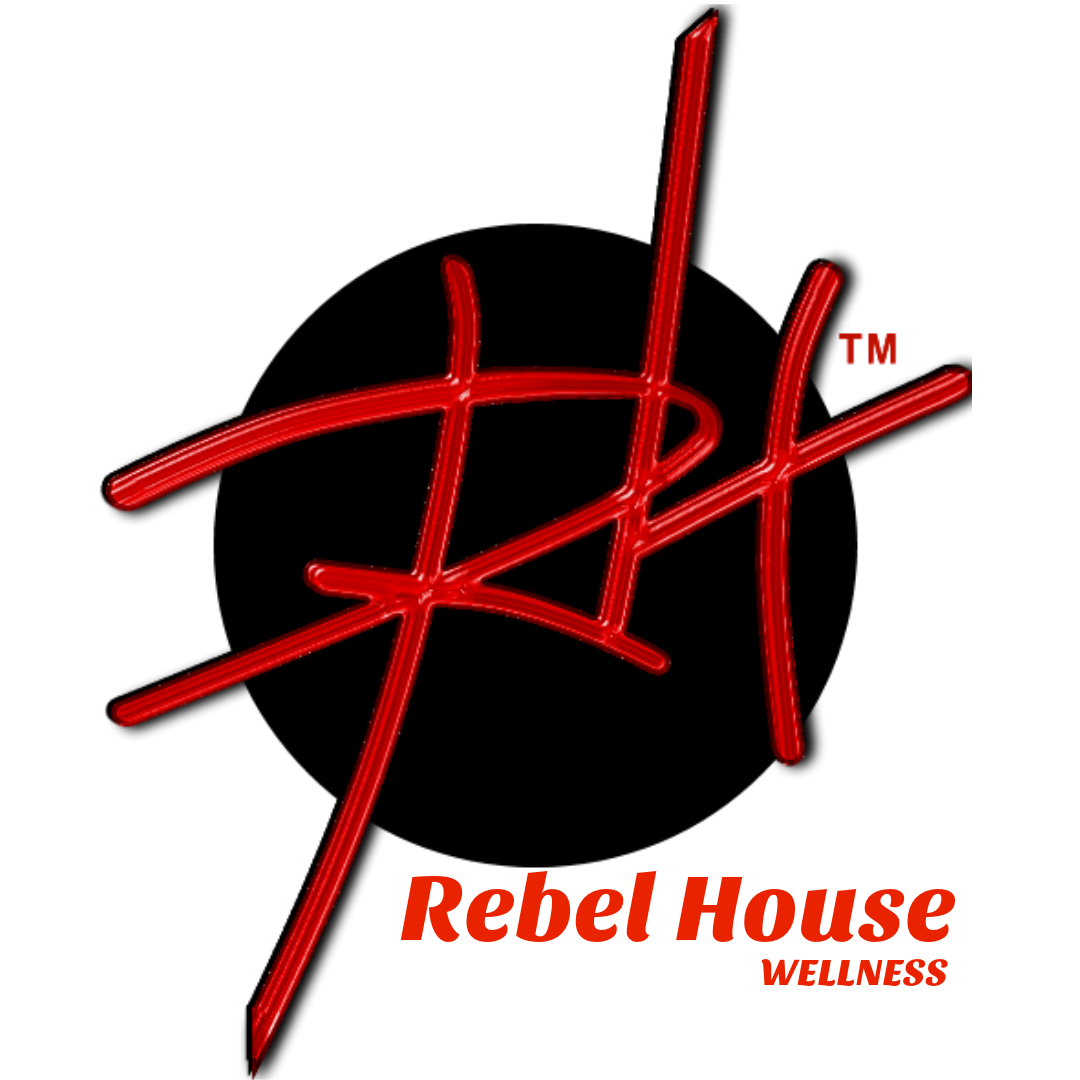Juicing is a great way to increase fruit & veggie intake, especially for those who really don’t like them. Like ’em or not, they’re an extremely important part of a healthy lifestyle

so taking advantage of the benefits of juicing is one way to begin to transform your life, or to kick your wellness regiment up a notch.
First, let’s deal with an apparently common misconception that I find myself frequently running into. There are many who think that juice is what you get when you use a high powered blender, like a Vitamix, to liquefy fruits and vegetables. I hate to rain on anyone’s parade, but that’s not really juice, that is called purée, or even a smoothie.
The difference is that a purée contains the fiber of the food, but juice does not. Why does it matter? With a purée, you’re subject to the exact same limitations as with eating chunks of the food. Because of the fiber content, you will get full fast. However, with juice, you can consume 3-6 times as much (or more) before getting full, as it has no filling fiber. If you can take more juice in, you’re able to supply your body with far more nutrients.
These days, food crops have a lot less nutrients than when our Grandparents were young. To get all of the necessary nutrients, we have to eat more, but there’s only so much you can eat. Those who don’t like a variety of fruits and veggies, especially those who eat a lot of highly processed foods, are more likely to suffer the negative health effects that stem from nutrient deficiencies.
Juicing helps you to overcome these issues, because:
a) You can drink more than you can eat. Drinking the juice of 6 zucchini packs a much greater nutritional punch than the 2-3 you can eat before getting full.
b) You can adjust the flavors of your end result to make something your tastebuds can deal with. Mixing fruits like apples, pears, & pineapples to strong-tasting green veggies like kale, collard greens, and asparagus, can create something you actually enjoy!
So, juice comes from a juice machine or a juicer. There are 2 types: masticating and centrifugal. The centrifugal juicer is basic. It will only make juice. It’s typically very high speed, and it tends to handle soft fruits very well. The masticating juicer is slow, yet it handles high fiber vegetables like a champ, while it often doesn’t measure up to centrifugal juicers for juicing soft fruit. With this type, you can also make frozen fruit desserts, like banana ‘ice cream’, or you can make applesauce and nut flour/powder. Either of these is a good choice, and certainly better than no juicer at all, but masticating juicers tend to be far more expensive. I have one of each kind, and I use them both.
Fiber is definitely important to health, so purées, smoothies, soups/stews, steamed/cooked fruits and vegetables are also beneficial and necessary. Juicing is just meant to be one way to supplement, rather than the only means to consume these foods.
For those who are diabetic, please don’t be discouraged from juicing. Remember that there are many low sugar fruits, including several commonly considered vegetables. Lemons/limes, berries, cucumbers, zucchini, yellow squash, tomatoes, bell peppers, etc. Seeking out fruits that aren’t overly ripe can further help to minimize sugar intake.
What to do with all of that juice pulp?
When juicing, you’re left with everything that didn’t end up in your cup, mostly fiber. We know you don’t want to waste anything, plus fiber from fruits and veggies is very health-promoting as it feeds your beneficial gut bugs.
So let’s look at a few ways we can use the pulp:
-Put it in soups
-Sprinkle it on salads
-Put it in muffins and quickbreads
-Add it to meatballs, spaghetti, meatloaf, etc.
-Cook it and freeze it for later use in any of these things.
-Use it, or donate it, for composting
-Give your dog’s food a boost. Check to make sure it’s ok for your dog to eat. Our Chihuahua used to love apple-carrot pulp.
Got great ideas for ways to use juice pulp? Please share them with us!
